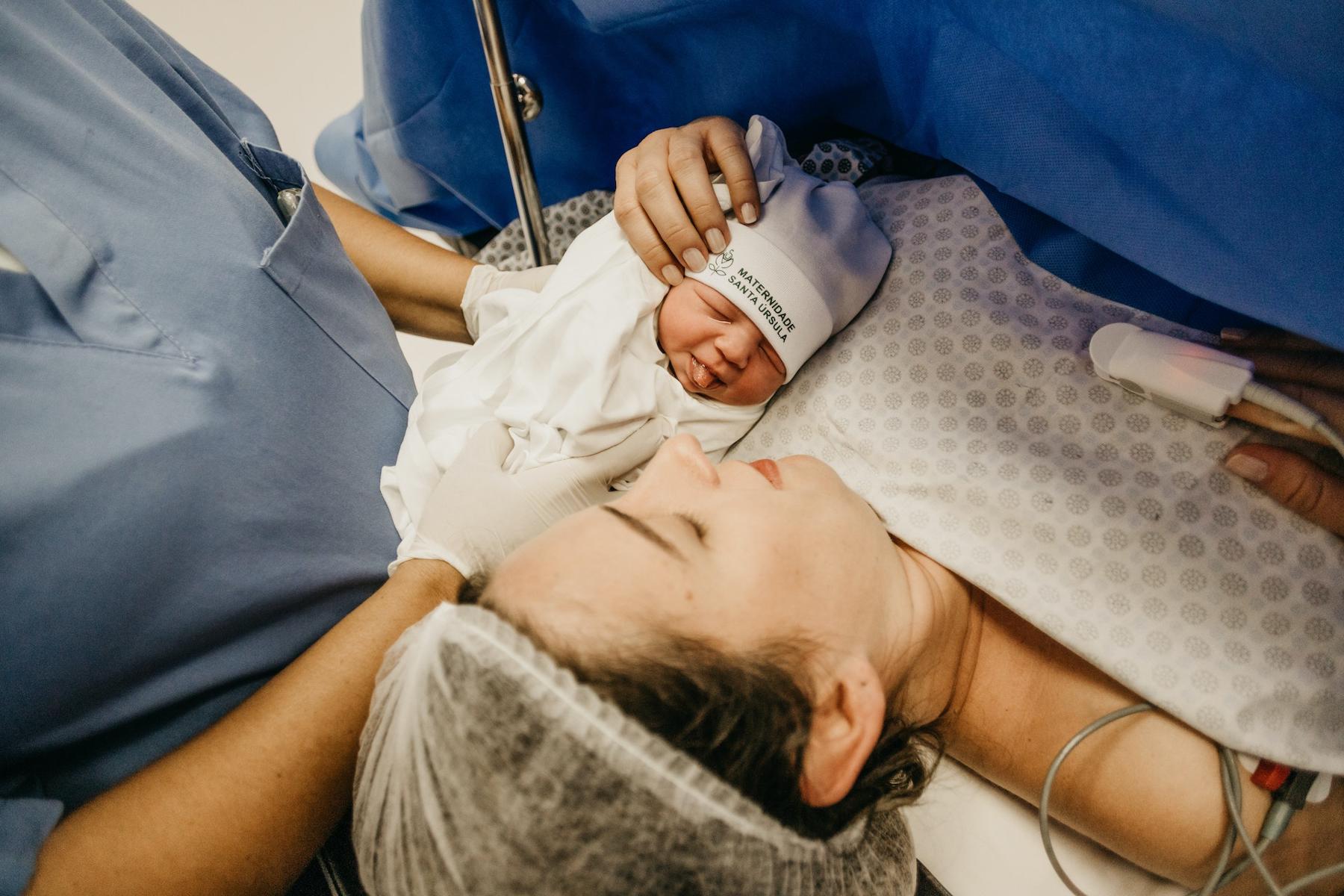The Duchess phenome study

Research theme
 Women's metabolic health
Women's metabolic health People involved
Clinical Associate Professor in Paediatric Endocrinology and Diabetes
Status: Ongoing
Overproduction of male hormones, androgen excess, is common in children before they enter into puberty. Affected children usually develop pubic hair before their 8th birthday and have adult-type body odour and grow faster. We call this condition premature adrenarche (PA). We know that adult women affected by a condition called Polycystic ovary syndrome (PCOS), which is also characterized by androgen excess, have a higher risk to develop so-called metabolic complications like diabetes, high blood pressure and heart disease. In contrast to adults, little is known if children and adolescents with androgen excess are also at higher risk of developing metabolic disease.
Project aims
This study aims to address this question by investigating children with PA and adolescent girls with PCOS in great detail. This includes a thorough clinical assessment, where we will also measure the composition of their body to see how much fat and muscle mass they have. We will employ techniques that enable us to measure a huge variety of different substances in blood, urine and saliva samples from affected children. We will use a new technique called ‘untargeted metabolomics’ which will pick up very small changes in their metabolism. We aim to compare them to 1-2 healthy volunteers, that are matched for their gender, age and body mass index (BMI). Our aim is to identify children at risk of developing metabolic disease, so we can manage them better and hopefully reduce or avoid metabolic disease in the longer term.
Research projects

A database to improve maternal safety: Safe-Mums
We are in the process of establishing the Safe-Mum database on maternity datasets…

Predicting complications in gestational diabetes
We are in the process of establishing a living database on maternity datasets…

1PCOS database
We are in the process of establishing a living database on polycystic ovary…



